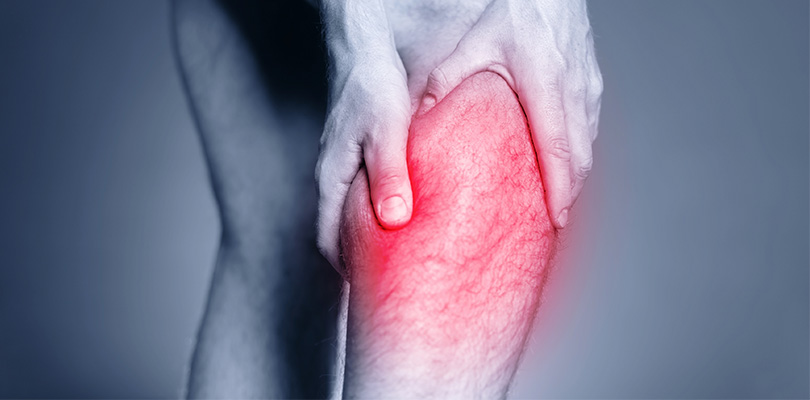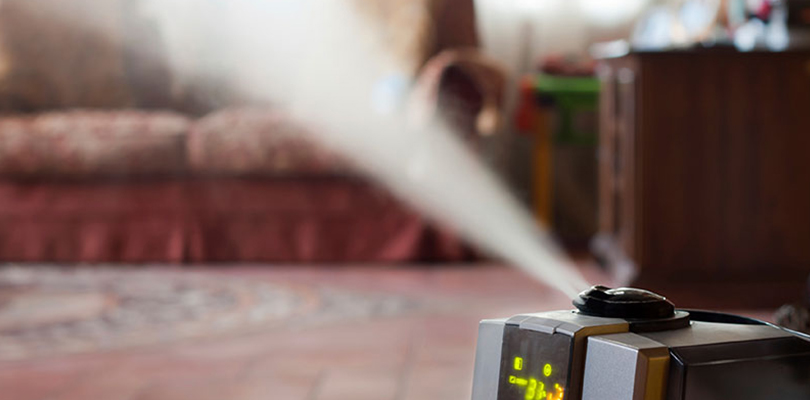Back Pain During Pregnancy
Women expect low-back pain to be a natural part of pregnancy. While it’s certainly common, back pain is not a certainty – and it can be manageable with a few lifestyle changes.
Back pain most commonly develops halfway through pregnancy and is mainly caused by the increased weight of the baby putting a strain on your back muscles. If you had chronic back pain before pregnancy – and if you’ve had previous pregnancies – you’re even more likely to have back pain with another pregnancy.
The good news is, there are ways to help minimize the pain.
What Causes Pregnant Women to Have Back Pain?
Most women describe the pain as worse when they maintain any position for an extended period, especially if when standing or walking for a while. Many describe the pain as residing in the sacroiliac, which is where the pelvis meets the spine.
Back pain typically begins mid-way through the pregnancy, and has multiple causes:
- Increased weight. Women gain up to 35 pounds during a healthy pregnancy. The body must support that weight, which puts pressure on the spine - causing lower back pain. The baby’s increasing weight also puts additional pressure on the back and the pelvis.
- Change in posture. With the increased weight in the uterus, the body naturally bends forward. To keep your balance, you naturally change your posture. However, when you lean backward, your muscles must work harder. The extra strain is the root of the pain.
- Stretched abdominal muscles. Your abdominal muscles support the spine, and during pregnancy, these muscles are stretched which causes them to weaken. This can also contribute to back pain.
- Pregnancy hormones. Hormones the body creates during pregnancy are another factor. To prepare for the passage of the baby through the birth canal, a hormone called relaxin loosens the ligaments in your pelvic joints. This loosening allows the joints to become more flexible, but also can lead to back pain.
- Emotional stress. If you're feeling stress, the result can be tension that settles into the back muscles, causing back pain. This muscle pain may come and go during the pregnancy.
Managing Back Pain During Pregnancy
Women who are physically fit before pregnancy are less likely to develop low-back pain. Pre-pregnancy fitness, however, does not seem to reduce the risk of sacroiliac pain.
To help prevent back pain, it’s important to be aware of how you stand, sit, and move. A few tips that may help:
- Practice good posture. Your baby is growing, which pushes your center of gravity forward. Since leaning back will strain the muscles in your lower back, remember to stand up straight, keep your shoulders back and relaxed, and keep your knees relaxed, not locked.
- When you stand, keep your feet at a comfortably wide stance for the best support. When you must stand for long periods of time, take frequent breaks. Better yet, ask for a chair.
- When you sit, aim for good back support. Keep your shoulders back when you sit. For support, use a small pillow or a rolled-up towel behind the low part of your back. Lumbar supports are available at office supply stores. Your feet should rest on a small stool or a few stacked books.
- Sleep on your side. Instead of sleeping on your back, try sleeping on your side. Use one or two pillows between your legs, under your abdomen, or behind your back. Consider investing in a firm mattress, which may provide more support for your back during pregnancy.
Before going to your first gynecologist appointment, here are a few things you can expect, how to prepare, and how to stay healthy between visits.
- Be careful when you pick things up. Do not bend over from the waist. Instead, squat with your knees bent, and keep your back straight.
- Wear the right shoes. Low-heeled shoes with good built-in arch support are ideal. With high heels, there’s the chance you might fall as your balance will shift.
- Try a maternity support belt. Some women have found the support from these belts to be helpful. Research is limited about their effectiveness, but the extra support might be beneficial.
- Exercise regularly. Regular physical activity - like walking or water exercise - can help keep your back strong and potentially relieve back pain during pregnancy. Stretching exercises can also help stretch your lower back. A physical therapist can help you with an exercise routine that is best for easing back pain during pregnancy.
- Apply heat or cold to the painful area. A heating pad or ice pack might help relieve your back pain. Massage therapy may also help.
- Prenatal massage. This type of massage has been shown to improve physical discomforts by encouraging circulation and by stretching the muscles and joints to their full range of motion to improve skin elasticity and body tone.
- Discuss complementary therapies. Acupuncture and chiropractic treatment has helped some women with back pain during pregnancy. Talk to your doctor or healthcare provider before making the appointment, and make sure the acupuncturist or chiropractor know that you are pregnant.
Talk to Your Provider About Pregnancy Back Pain Relief
If you have severe pain, or if pain persists for more than two weeks, contact your obstetrician or another health care team member. They might advise you take an over-the-counter medication such as acetaminophen (Tylenol, others) or other treatments.
Back pain is a symptom of preterm labor, and it also can be a sign of a urinary tract infection.
Contact your healthcare professional right away if you have back pain along with:
- fever
- burning during urination
- vaginal bleeding
It’s important to make sure you stay in close contact with your health care team if you have any questions about pregnancy back pain. If something seems wrong, make sure you get an answer.







